Posture Problems in School-Going Children – Causes and Solutions
In today’s digital age, posture problems among children have become increasingly common. With long school hours, heavy backpacks, and extended screen time, many school-going children develop habits that affect their spinal health. Poor posture not only impacts physical appearance but can also cause long-term orthopedic issues, such as back pain, spinal deformities, and reduced flexibility. As parents and caregivers, it’s essential to recognize early signs of posture problems and take proactive steps to protect your child’s musculoskeletal health. Common Causes of Posture Problems in Children 1. Heavy School Bags Carrying overweight school bags daily can strain the shoulders, back, and neck. Over time, this may lead to slouching, uneven shoulders, or spinal misalignment. 2. Prolonged Sitting Sitting in classrooms or at home for hours — often with poor seating ergonomics — causes children to bend forward, creating a hunched back. 3. Excessive Screen Time Using tablets, smartphones, and computers for long periods often results in “tech neck,” where children bend their necks forward to look at screens. 4. Lack of Physical Activity Active play and exercise are crucial for strengthening core and back muscles. Sedentary habits weaken these muscles, making it harder to maintain correct posture. 5. Improper Furniture Desks and chairs that don’t match a child’s height may cause slouching, forward leaning, or awkward sitting positions. Signs That Your Child May Have a Posture Problem If these signs persist, it may be time to consult a pediatric orthopedic specialist. Solutions and Preventive Measures 1. Choose the Right Backpack 2. Encourage Proper Sitting Habits 3. Limit Screen Time and Promote Breaks 4. Promote Exercise and Core Strengthening 5. Regular Orthopedic Check-Ups Routine posture screening by a pediatric orthopedic doctor ensures early detection of issues like scoliosis or kyphosis. Early intervention prevents long-term complications. Conclusion Posture problems in school-going children are preventable with the right awareness, lifestyle adjustments, and regular monitoring. By ensuring proper ergonomics, encouraging physical activity, and limiting heavy bag loads, parents can help their children grow with strong, healthy spines. If you notice persistent posture issues or back pain in your child, don’t ignore the signs. Seek timely advice from a specialist. For expert consultation, visit Dr. Nargesh Agrawal at Child OrthoCare. Address: C-7, Ground Floor, D- Park, Model Town -3, New Delhi 110009Mobile: +91 88517 77145Website: www.childorthocare.online












